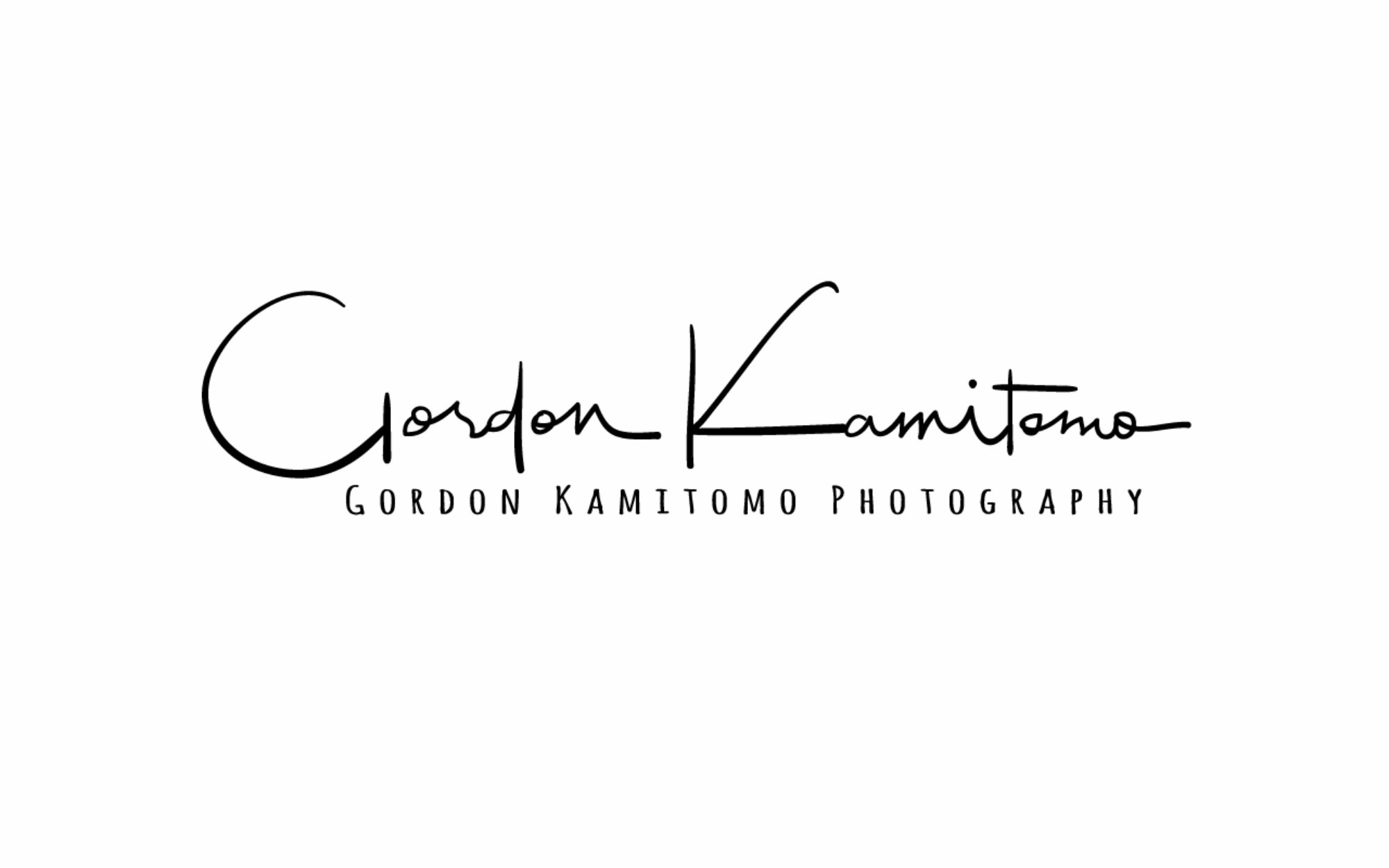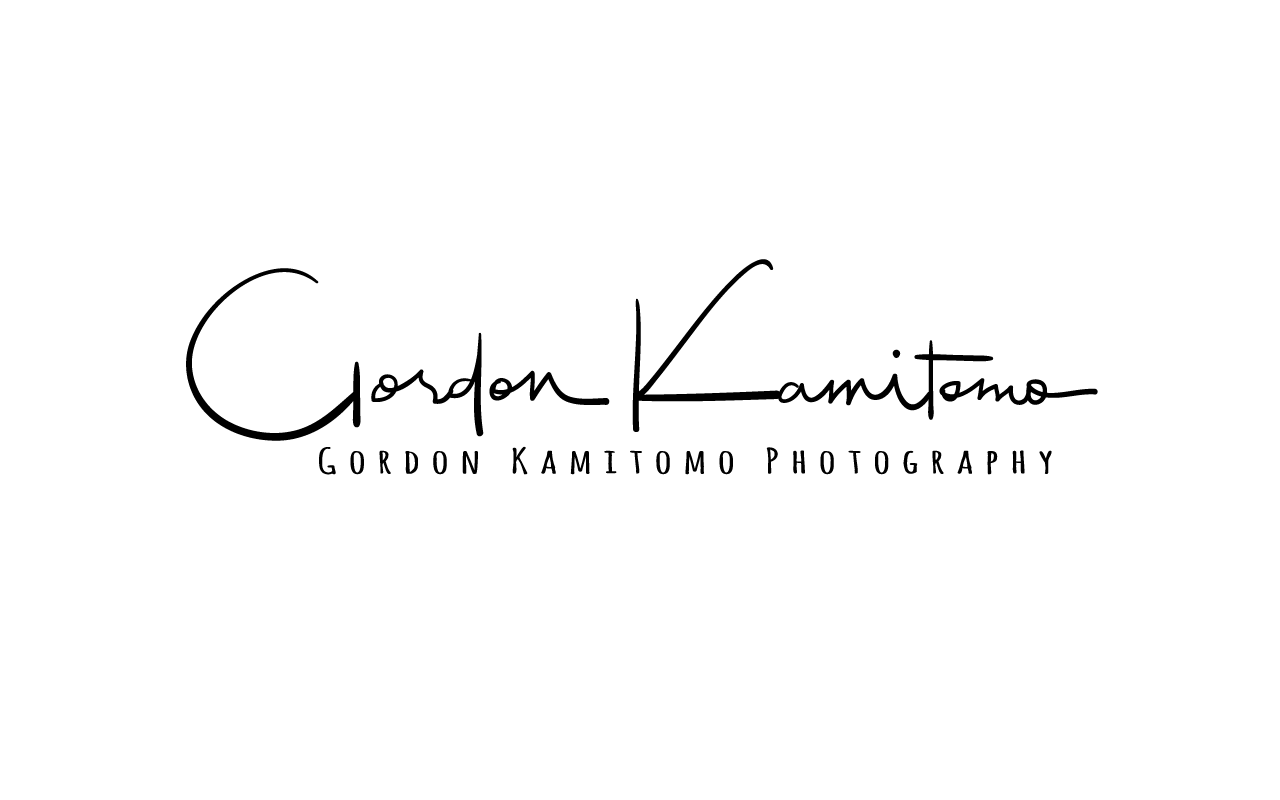Thinking Outside the Box…or Frame in Photography
by Gordon Kamitomo
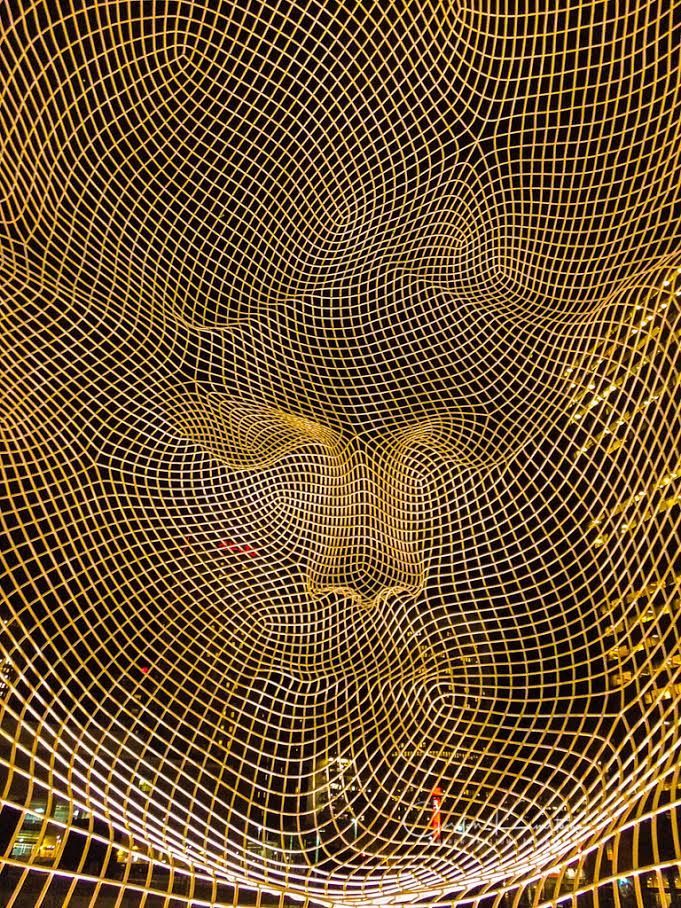
Image: Gordon Kamitomo Photography
The Rules of Photography
Digital Photography and the recent Social Media wave have changed a lot of things in the photography space. We are seeing more photos taken now than ever before, which is good, but we are also seeing more bad photos too.
When one looks at photography as an art form, there are rules like The Rule of Thirds, The Rule of Leading Lines or Converging Lines, Negative Space to name a few. One of things that I see in studying other people’s work and how they differ, or stand out is a certain way they envision a photo. As photographers advance, we learn a couple of things. Firstly, “Getting it Right in Camera” and secondly, “Fill the Frame”. I’m going to chat about both. To me, they are very different issues, yet interrelated.
Getting it Right in Camera
I interpret this to mean creating an image that you see through the lens. The technical side such as ISO, exposure, Depth of Field are all the things that go towards creating a good base image. You may or may not need to post process, but if you do, it’ll be an image that can ultimately end up to what you saw in camera.
Fill the Frame
Beginners tend to shoot a little wide, but as one advances, they learn that filling the frame ends up with better photos. Ultimately, as you get more serious about the art, filling the frame does become second hand nature and your photography improves.
Have you ever noticed that viewfinders, the LCD panel on your camera and your phone are a rectangular shape? This is a throwback, I figure, to the 35 mm days where a single frame was 24 x 36 mm for negatives and slides. That standard forms the foundation of digital photography today. Full Frame digital sensors are gauged that way and all other sensors stay within that format. Back in the days of printing, we didn’t have the software to manipulate or crop photos, so part of the art was creating your image within that rectangular format. Some may have experienced shooting with large format cameras like Hasselblad where shooting in a square format was a very different space. I owned a camera store and was a “Blad” dealer as well as several other large format cameras. I was lucky enough to be able to pay my dues back then.
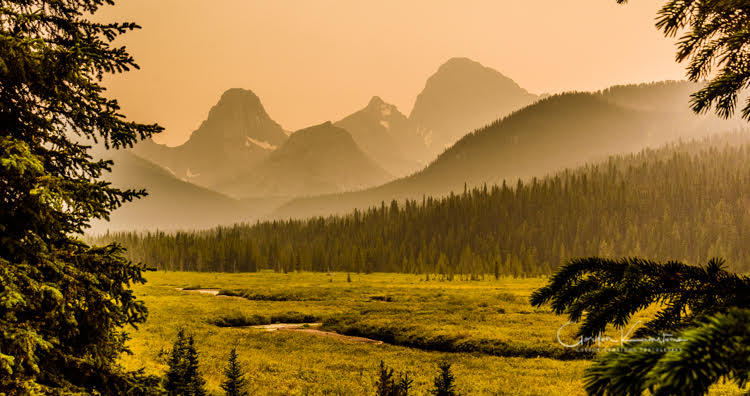
Image: Gordon Kamitomo Photography
The Thought Process
Unless my photographs are pre-planned, I’m always thinking of framing first. The technical side is already in place, so it’s about composing and deciding what that final output needs to look like. There are times when filling the frame can make or break a shot, but there are also times when you need to consider the options around certain types of shots. They may include filling the frame to incorporate negative space – opposite ends of the spectrum. In order to advance in the art, being able to visualize beyond the viewfinder is one of the ways to differentiate yourself.
With landscapes, I want to get that award-winning shot for the cover of National Geographic! What I see is the original landscape I envision (most likely the keeper shot) within the viewfinder. From a compositional standpoint, it’s the easiest to capture. I will chimp and preview each shot to make sure it’s sharp and colors are where I want them. Then, I’m going to take some that are wider and possibly closer. I look at it this way – the wider shot, if cropped top and bottom may lend itself very well to being panoramic. And let’s not forget a change up in positioning (perspective) and location. Going low to get the foreground in focus may also get you a great shot. Moving left or right, backwards or forwards may help with framing.
Flowers and Composition
One of my passion areas is flowers. For these, my thinking changes. I look for every angle and composition that I can find. It can range from a single flower to bunches to the very centre up close. I will use any combination of available light, remote flash or multiple flashes. Depending on the flower, the frame could be anything from rectangular to square. I don’t have that much final output in what I would call a conventional rectangle. I also think in terms of sets or sequences. Since I shoot stock photos, I aim to get as many good shots as possible.
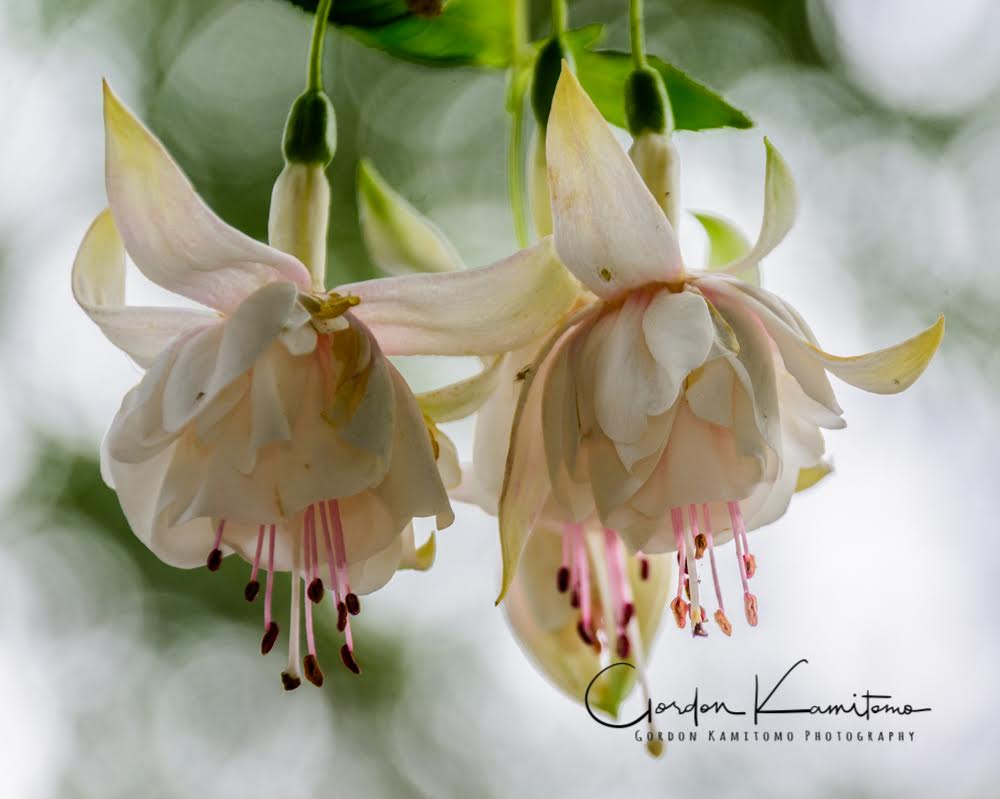
Image: Gordon Kamitomo Photography
Master One Area of Photography
One of the key foundations and secrets is to get really good at one thing and use your discoveries in that genre to expand to others. I started in 35 mm film shooting close-ups and landscapes where I learned the basics of exposure and composition. I then learned about portraits which taught me about lighting. That ultimately lead me into event work/photojournalism which taught me about capturing moments. I was able to take lessons to learn from each genre and apply it to the others. Being mentored by pros taught me about the art.
I am always learning! I continue to discover new techniques that open up a whole new world. When I need to build something to create or stage a photo, the results prompt ideas for other types of shots. In the end, I simply get better and better at the craft.
Have fun discovering new adventures in your camera frame!
